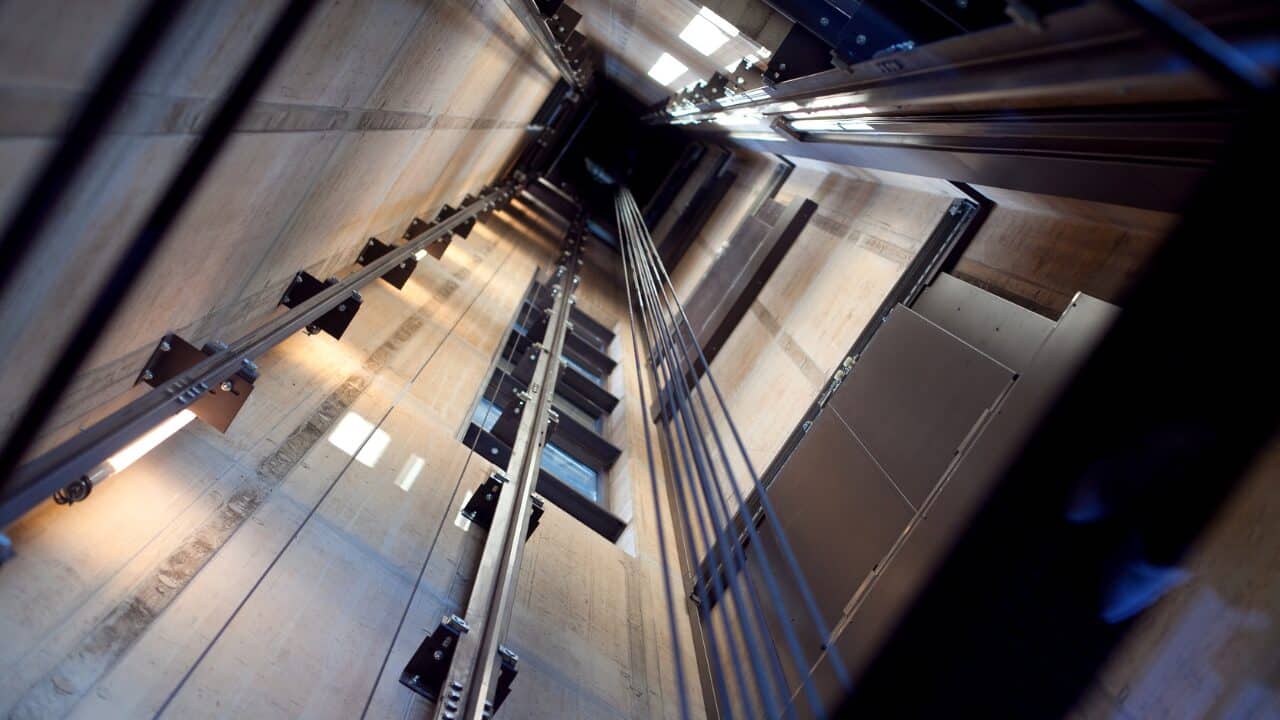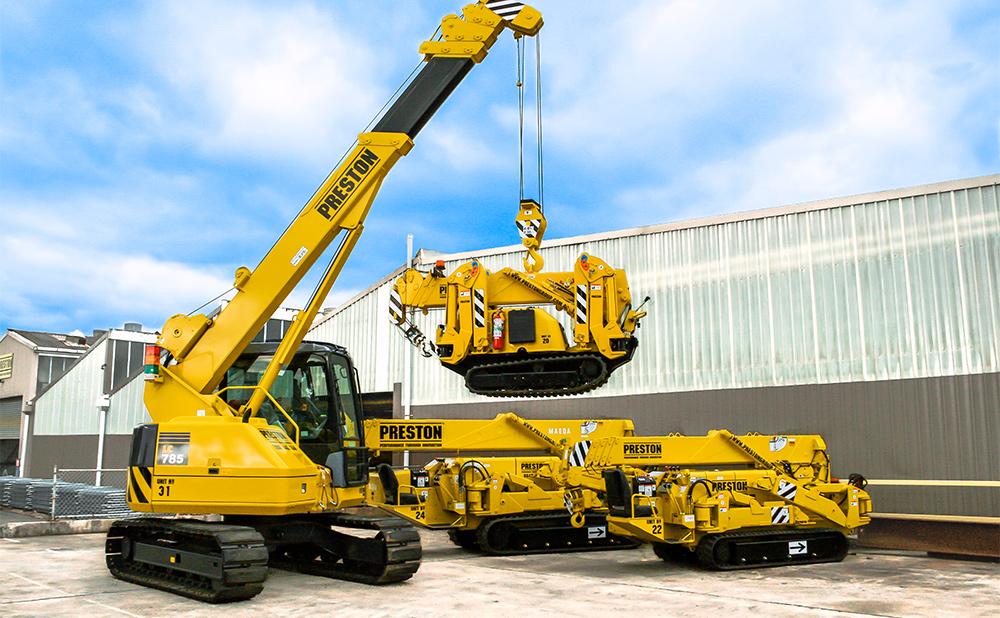Elevator safety is paramount in any multistory building, yet it’s often overlooked until an incident occurs. In this comprehensive guide, we delve into the true safety of elevators, debunking common myths and shedding light on the real risks involved.
Table of Contents
Understanding the Frequency of Elevator Accidents
Elevator accidents, while concerning, are relatively rare occurrences. According to data sourced from reputable institutions such as the U.S. Bureau of Labor Statistics and the Consumer Product Safety Commission, approximately 30 fatalities and 17,000 injuries are attributed to elevators and escalators annually in the United States. This statistic may seem alarming at first glance, but considering the staggering number of elevator trips—roughly 18 billion per year—the risk of fatality stands at a minuscule 1 in 600 million. To put this into perspective, individuals are more likely to encounter lightning strikes or shark attacks than be involved in an elevator accident.
The True Risks: Who’s Most Vulnerable?
Contrary to popular belief, passengers are not the most at-risk individuals when it comes to elevator safety. Elevator technicians, responsible for installation, repairs, and maintenance, face a far greater danger of suffering a mishap. Statistics reveal an average of 14 technician fatalities annually, constituting half of the total annual death toll. These professionals navigate hazards such as falls, electrical shocks, and muscle strains, emphasizing the importance of stringent safety protocols in the industry.
Identifying Common Causes of Elevator Accidents
Elevator accidents can stem from various underlying issues, each presenting unique risks to passengers and technicians alike. Let’s explore some of the primary culprits:
Excessive Elevator Speed
Malfunctions within the elevator mechanism can result in dangerously high speeds, potentially causing passengers to lose balance and suffer injuries.
Misleveling Mishaps
One of the leading causes of elevator-related lawsuits, misleveling occurs when the elevator fails to align properly with the floor, posing a significant slipping hazard.
Malfunctioning Sliding Doors
Defective sliding doors pose a serious threat, leading to crush injuries as they close improperly. Malfunctions in safety devices exacerbate this risk.
Fatal Falls
Falls represent the most perilous type of elevator accident, often resulting from door interlock failures or passengers attempting to exit elevators suspended above ground level.
What to Do When Trapped in an Elevator
In the event of an elevator entrapment, remaining calm is paramount. Locate the emergency call button on the control panel to alert building security for assistance. Alternatively, if equipped with a cell phone, contacting emergency services is advisable. Persistent banging on the doors may also attract attention and aid in rescue efforts. If you were harmed due to an elevator mishap, it’s advisable to get help from a legal professional. According to Koch & Brim, personal injury lawyers in Las Vegas, victims can recover damages through a premises liability claim.
Prioritizing Elevator Safety
While elevator accidents do occur, their frequency pales in comparison to other everyday risks. By understanding the true causes of accidents and adhering to stringent maintenance protocols, both passengers and technicians can mitigate potential dangers, ensuring smooth and safe vertical transportation for all.





